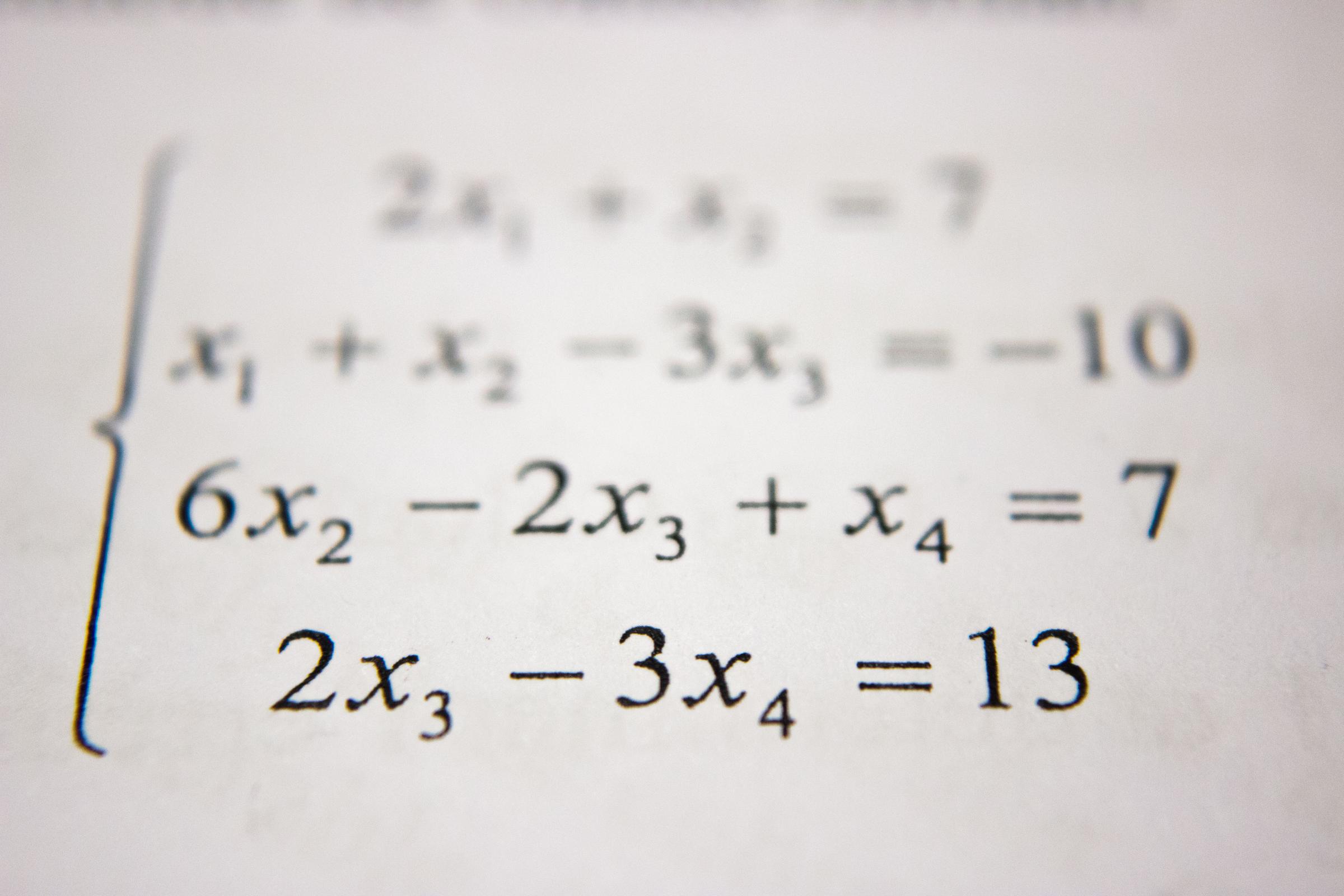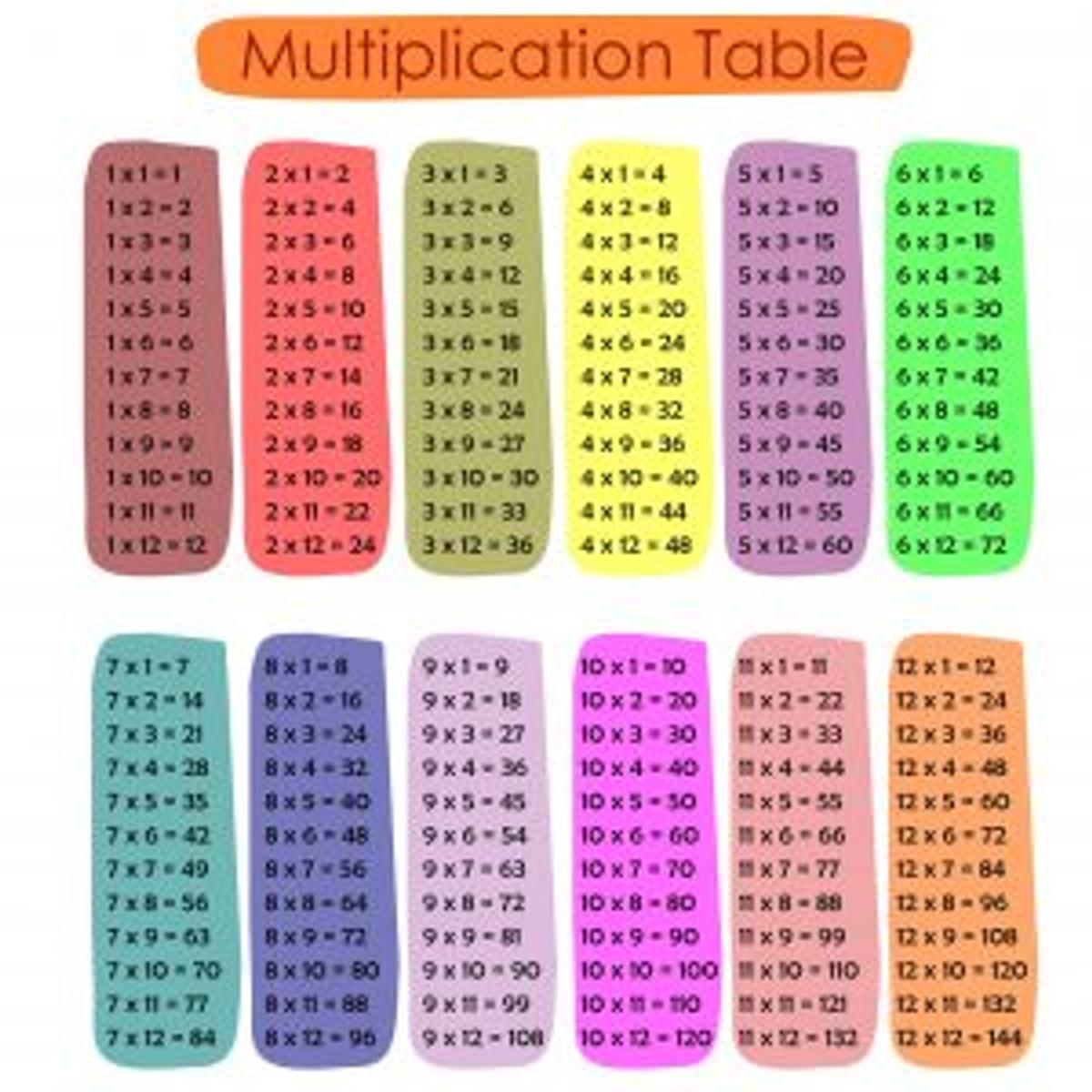Mathematics
Mrs Robyn Wilson - MaST - Mathematics Specialised Teacher

Mathematics
Mrs Robyn Wilson - MaST - Mathematics Specialised Teacher
Lots of kids struggle to remember their times tables. Being able to quickly remember times table facts and apply them to a problem is essential if a child is to confidently approach maths. Times tables underpin so many maths processes.


Getting the twos right establishes a pattern of understanding how one column of a table moves up one number at a time, and the other in multiples. So, if your child is having trouble with tables, time taken to build confidence with the 2 times table will often be the key to learning the rest.
And if they learn them easily, the pattern can be a springboard that will make tables pretty straightforward up to twelve times – and beyond.
Hang up the chart in a place your child will see it regularly – the toilet is one example. That way, every time they visit this room they will be exposed to the tables.
What’s a great way to get information stuck in someone’s head? Yep, that’s right! Catchy music! We recommend checking out videos of singers who use clever parodies of pop songs to teach kids their times tables.
Take out the aces and Kings, count Jack as 11 and Queen as 12, and you can practise the full range of tables by dealing your child two cards and asking them to multiply them.
Children begin laying the foundation for times table work in kindergarten when they skip count in twos and tens.
Before starting to learn their times tables, children should be familiar with addition principles. To master their tables, children need to learn that 2 x 3 is the same as 2 + 2 + 2.
Drawing groups of numbers helps to cement the idea that multiplication is simply repeated addition.
This also teaches kids why they are learning in the first place. It gives them a context for their learning – rather than just doing it because the teacher says so. It shows them in a concrete way that it saves time.
Happy multiplying!